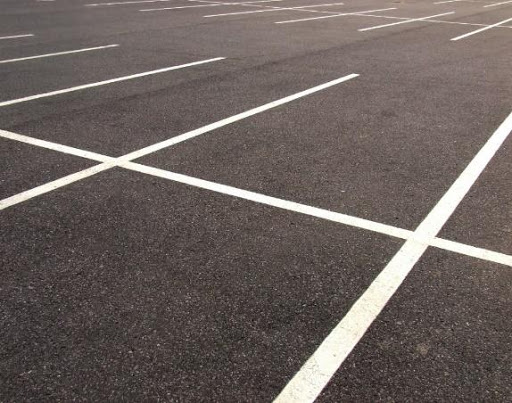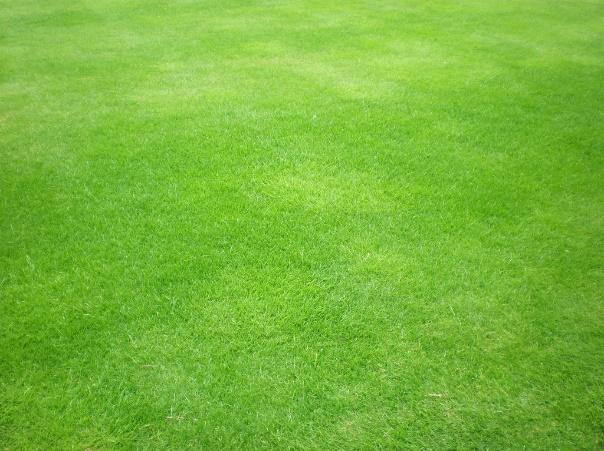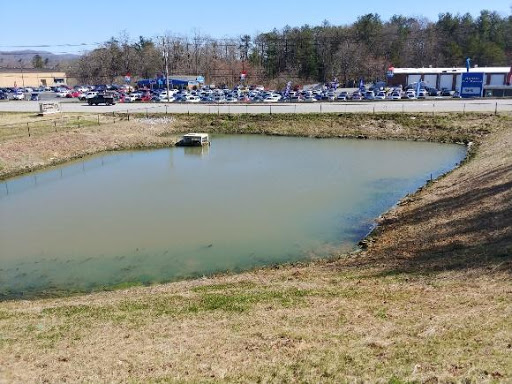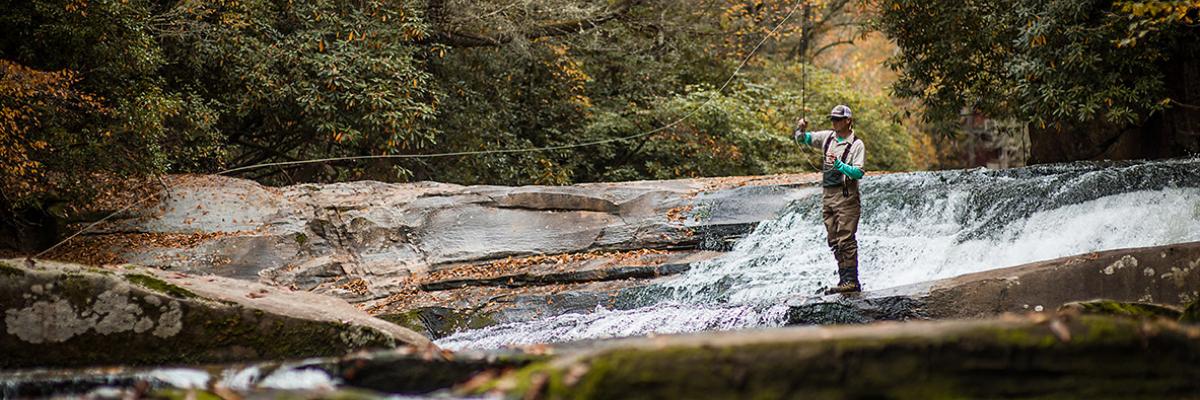During construction, many surfaces are changed from grassy surfaces to pavements. Grassy surfaces are called pervious surfaces. This means water can soak through this surface and make its way to the water table without running off into the local waterway. On impervious surfaces like pavements, water cannot soak into the ground like it does on pervious, grassy surfaces. This causes stormwater to hit the pavement, and run off to the nearest stream. This causes two problems. First since no water soaks into the ground, this means the amount of water that goes into the stream is increased. What once was soaked into the ground, now all runs off into the stream. This can cause an increase in flooding, since the quantity of water in the stream is now increased.
Second, the runoff that flows over impervious picks up sediments and asphalt residue which decreases the water quality. Sediments are fine particles of mostly loams, clays, and silts. These particles are collected on the surfaces of impervious pavements. When storm runoff flows over the pavement, it picks up these sediments and deposits them into the stream.

Impervious Surface

Pervious Surface
You might ask why this is such a big deal. The North Carolina Department of Environmental Quality (DEQ) has identified sediment as the biggest threat to the health of the streams and rivers of North Carolina. The solution is stormwater treatment. The DEQ issued rules in 2009 to address this problem. In delegated urban areas, stormwater is now a regulated wastewater that requires a permit. If a construction site adds more than 1 acre of impervious surface, or if their property will have greater than 24% impervious area, the stormwater treatment is required.

Biretention Basin Treatment

Wet Pond Treatment
This treatment has added from 20% to 35% to civil construction costs since 2009. What happened in 2008? Economic Recession. In other words, once construction planning began in earnest after the recession, we found that construction has increased not only by inflation, but also increased by added construction costs.
If there is a threat to the streams and rivers if Western North Carolina, don’t you think it’s worth it to do something about it?
